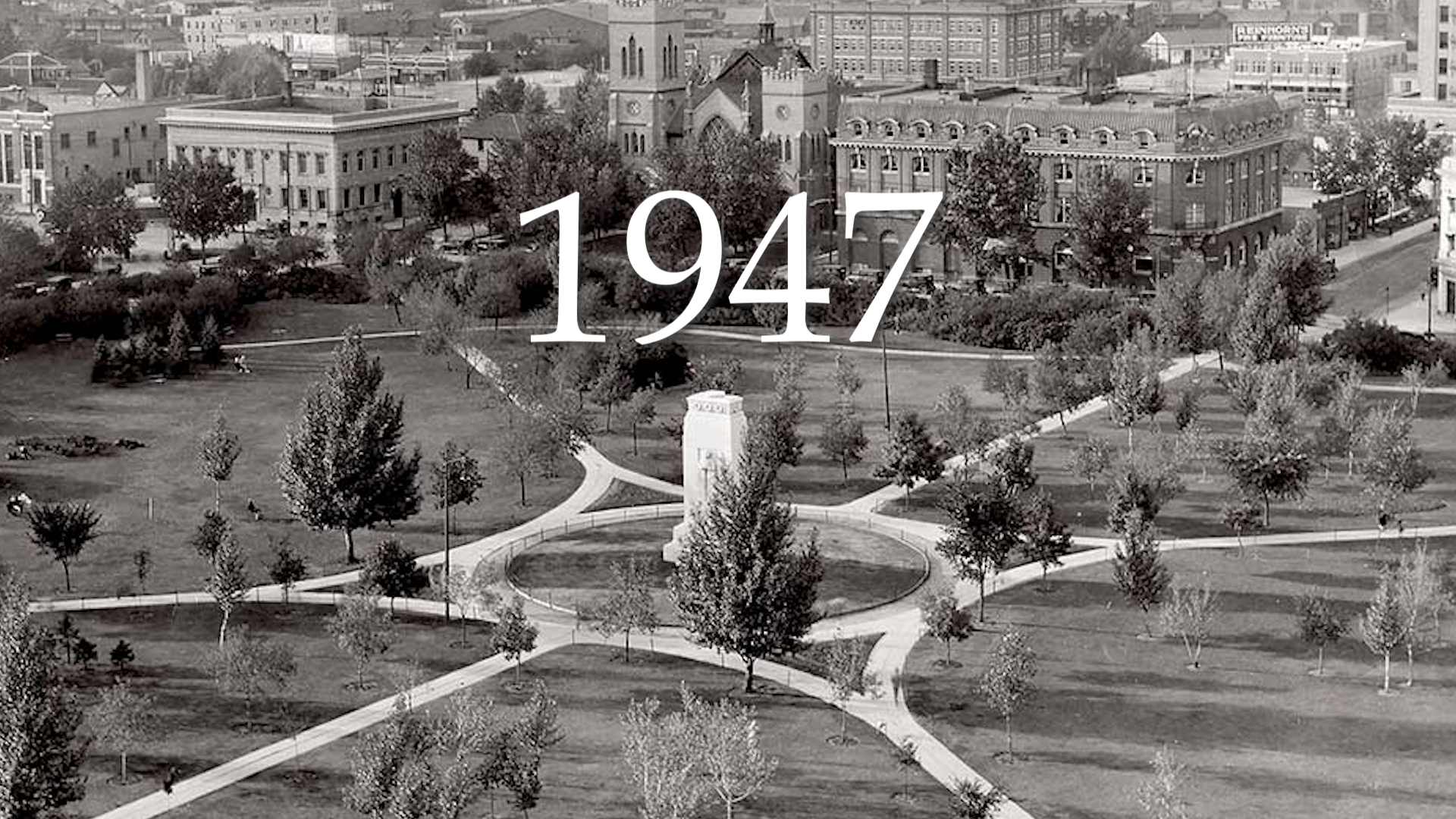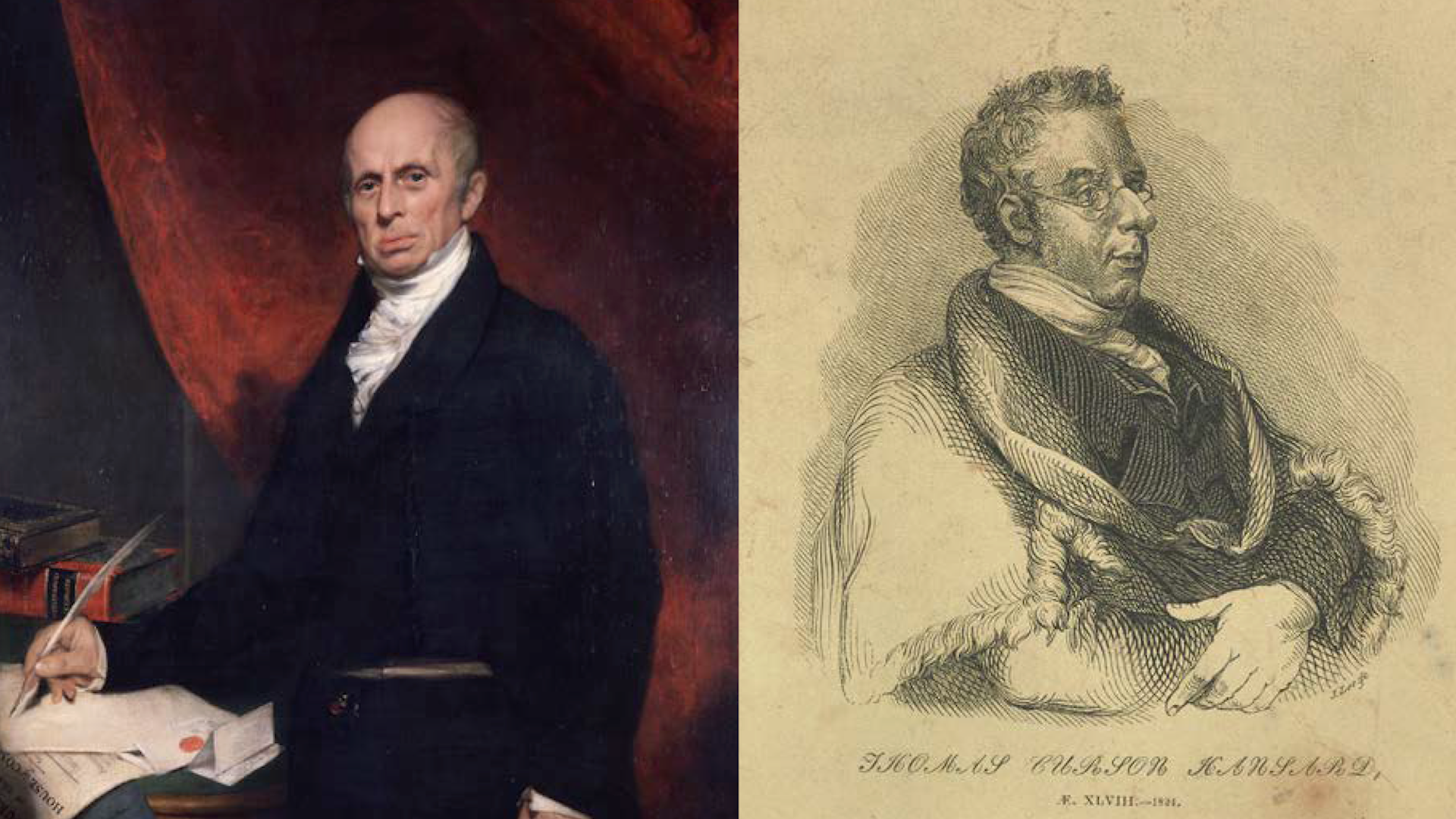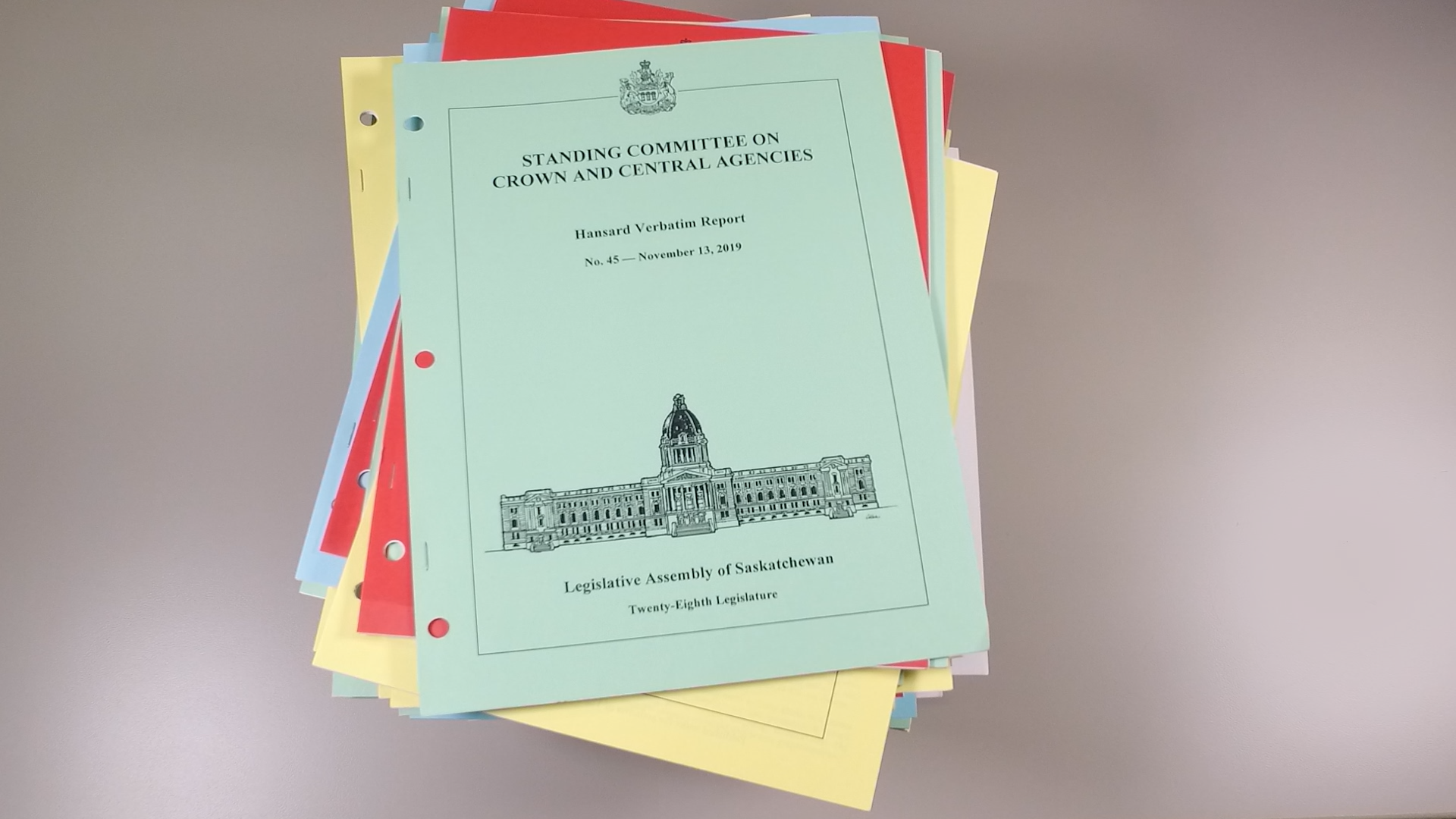About Saskatchewan Hansard
Hansard today
Saskatchewan’s Hansard team produces the official verbatim records for meetings of the Assembly and its committees. Hansard personnel are present in the Legislative Chamber and committee room to operate microphones, identify who is speaking, and note other significant events. Hansard also provides on-the-road support for travelling committees which meet outside of the Legislative Building.
From Spoken Debate to Written Text
Hansard editors transcribe the members’ spoken words into written text. Editors take great care to ensure that the meaning of the members’ words is preserved in the written form.
Turning debate into a written publication requires transcribers, editors, researchers, proofreaders, layout specialists, and audio switchers. All are trained to understand parliamentary practices and maintain an awareness of the topics of the day so that Hansard can accurately capture the meaning of the Assembly’s deliberations. Learn about how Hansard is produced.
Access the Verbatim Reports
Hansard is one of the ways the Legislative Assembly’s debates are made accessible to the public. Hansard publications are available on the Legislative Assembly of Saskatchewan website, where the Debates and Proceedings are fully digitized back to 1947. The digitization of historical committee verbatim reports is nearly complete.
Hansard also publishes indexes to help people find information in the verbatim reports. Hansard subject and speaker indexes are available digitally from 1996 to present. Paper copies of indexes from 1979 to 2007 are available at the Legislative Library.
Significant events in Hansard history
Select a date to learn more:
pre-1947
Prior to 1947, the Clerk Assistant, a skilled shorthand writer, took the more important speeches verbatim. At the end of the session, a committee would decide which speeches would be transcribed and printed in the Journals — usually, the main speeches in reply to the Throne Speech and the budget.
The Saskatchewan Legislative Library also compiled the Scrapbook Hansard, which was made up of newspaper clippings relating to the Legislative Assembly’s deliberations. Newspaper coverage was much more extensive at the time because there was no official Hansard available.
1939
The Dictaphone Corporation Limited advertised a conference recorder, which appeared to be suitable to legislative work. A test installation was tentatively agreed to but had to be abandoned because of the outbreak of World War II.
1947
On January 31, 1947 — the second day of the 1947 session — Premier T. C. Douglas made the following motion in the Assembly:
That this Assembly having heard the explanation of Mr. Speaker, agree to co-operate with the Dictaphone Corporation Limited to the experiment of recording Debates and Proceedings by Dictaphone and that for purposes of the experiment, Mr. George Stephen be appointed Editor of Debates. </span >
That same day, the Speaker was quoted in the Journals as saying:
I have referred to the proposed experiment as ‘unique.’ I mean by that that this will have been the first time the recording of debates and proceedings by Dictaphone in substitution for Hansard reporting, has been attempted by any Parliament or Legislature. </span >
In volume XV of the Journal of the Society of Clerks-at-the-Table in Empire Parliaments</em >, George Stephen published his article “Machine-Made Hansard: Saskatchewan.”
1948
The Debates and Proceedings of 1948 were recorded, transcribed, and published. However, the cost of transcribing and publishing the 1948 Hansard far exceeded any expectations or budgets.
1949
The cost of transcribing and publishing the 1948 Hansard was so high that the 1949 session, though recorded, was not transcribed or published. (By late 1974, it was decided it should be published before the record disappeared forever.)
1963
On February 19, 1963, the Speaker sent a notice to all members informing them that a Tannoy sound reinforcement system had been installed in the Legislative Chamber. This system allowed the operator to adjust the volume and tone levels of the recording. Each set of desks had a microphone and a speaker, and there were four other speakers installed in the Chamber.
The notice also stated that:
The whole system is linked to the Dictaphone recording unit so that the Hansard will continue to be produced as in the past, and there is also a line connecting the control panel with the radio broadcasting booth so that special radio microphones on the floor of the Chamber will no longer be needed. </span >
The presence of this new sound system was acknowledged the next day in the Assembly.
1965
By 1965, recordings were no longer being done on wax cylinders but rather a Dictaphone belt recorder.
1967
In the fourth session of the fifteenth legislature, Hansard published its first verbatim report of the Public Accounts Committee.
1971
Hansard purchased magnetic reel-to-reel recording equipment to record the proceedings.
1975
On December 22, 1975, a committee was struck to consider, among other things, the possibility of improving on the Debates and Proceedings of the Assembly and the feasibility of producing the Debates on a daily basis. The Attorney General, who moved the motion, went on to say:
There has been some suggestion that our Hansard perhaps has fallen behind other Legislatures. At one time I think we were leading the country in terms of Hansard and this may not now be the case. </span >
Most Hansards in Canada at that time were published and distributed within a few days, while Saskatchewan Hansard was still distributed several months after the end of a session.
1976
In the third report of the Special Committee on the Rules and Procedures of the Legislative Assembly, dated November 22, 1976, the committee recommended:
That the proceedings in the Committee of the Whole and the Committee of Finance be recorded and included in the Debates and Proceedings of the Legislative Assembly commencing with the current session; and that the official Debates and Proceedings be printed and distributed on a daily basis commencing with the Fourth Session of the Eighteenth Legislature.
1977
On November 17, 1977, the Speaker announced that a daily Hansard would be published and distributed. As members were no longer allowed or required to edit their own speeches, the publication became closer to a verbatim record. The decision was also made to fully transcribe the debate in Committee of the Whole. Before this time, Committee of the Whole was transcribed selectively depending on the significance of the legislation under debate.
Hansard also began using magnetic cassette tapes to record the proceedings.
1979
Hansard hired its first professional indexer to generate subject and speaker indexes. The indexes appeared both as stand-alone publications and as an appendix to the bound volumes of Hansard.</em >
In the first session of the nineteenth legislature, Hansard published its first verbatim report of the Crown Corporations Committee.
1983
Hansard purchased its first computers, manufactured by Wang Laboratories.
1987
Hansard published its first Private Bills Committee verbatim.
1988
On June 28, 1988, the Legislative Assembly adopted a motion to produce the Rules and Procedures in French as well as in English. In addition to this, the Assembly further directed:
that steps be taken forthwith to put in place a system where by debates of the Assembly that occur in French are recorded in that language, along with an English translation thereof, in Debates and Proceedings.
1994
In the Board of Internal Economy meeting of January 6, 1994, the Clerk of the Legislative Assembly made a case for moving to desktop publishing. At the time, Hansard was using Wang computers and a Linotron typesetter, and Linotron had decided to withdraw their maintenance contract.
This meeting was also the first Board of Internal Economy verbatim report published by Hansard.
1995
Hansard entered the world of desktop publishing with Microsoft Word 6.0. Hansard was printed using a Hewlett-Packard LaserJet 400 SI printer instead of using a photo typesetter.
1997
Hansard began publishing on the internet via the Legislative Assembly website. The Board of Internal Economy recommended that Hansard discontinue mass printing of its document, now that the “world at large” could readily access Hansard through the internet.
1998
Renovations in the Legislative Building necessitated the relocation of the Hansard office to the Walter Scott Building. At the time, Hansard offices were expected to be back at the Legislative Building within four years. To this day, the Hansard offices remain in the Walter Scott Building.
1999
For the first time, Hansard indexes were published online.
2002
Hansard switched from cassette tapes to digital audio, using a “tapeless audio recording and playback system” called LPlayer.
2004
In the spring of 2004, at the beginning of the twenty-fifth legislature, a new committee system was implemented. Existing committees for Public Accounts, Private Bills, and Privileges were joined by committees for House Services, Human Services, Intergovernmental Affairs and Justice, and the Economy. The Crown Corporations Committee became the Crown and Central Agencies Committee. Verbatim reports would now be published for all committees.
2007
In the first report of the Standing Committee on House Services for the twenty-sixth legislature (December 2007), rule 7 was added to the Rules and Procedures to authorize the publication of proceedings. Prior to this, sessional orders or committee motions needed to be passed to authorize Hansard publication.
2009
A new digital audio system from Sliq Technologies was installed and is still in use today.
Videos






